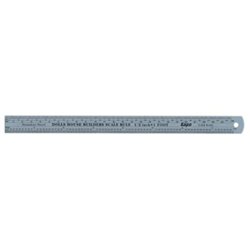There are tens of thousands of decals available covering a multitude of different models from trains, planes and...
No products
Product successfully added to your shopping cart
There are 0 items in your cart. There is 1 item in your cart.
Search Tips
What are the common railway scales?
There are three common model railway scales, these being N Gauge, OO Gauge and G scale; although there are several other scales the smallest being Z Gauge with a gauge width of 6.5mm and a scale of 1/220.
N Gauge is the smallest most common with a gauge width of 9mm the scale is 1/148 in the UK (1/160 in the rest of the world). This is an ideal size if you have limited space available for a layout.
OO gauge is the most common in the UK and the scale of Hornby sets. This is the scale everybody thinks of when you say model railway. With a gauge width of 16.5mm and a scale of 4mm to 1ft, that is 1/76th. You can have a layout on an 8ft by 4ft base board or fill your loft with a massive layout.
G Scale is the big one that you have running around the garden in the summer.The scale is not clearly defined and can vary from 1/19 to 1/29 depending on the manufacturer, however the track gauge is always 45mm.
Click here to receive the tips weekly in your mailbox. You can unsubscribe at any time.










